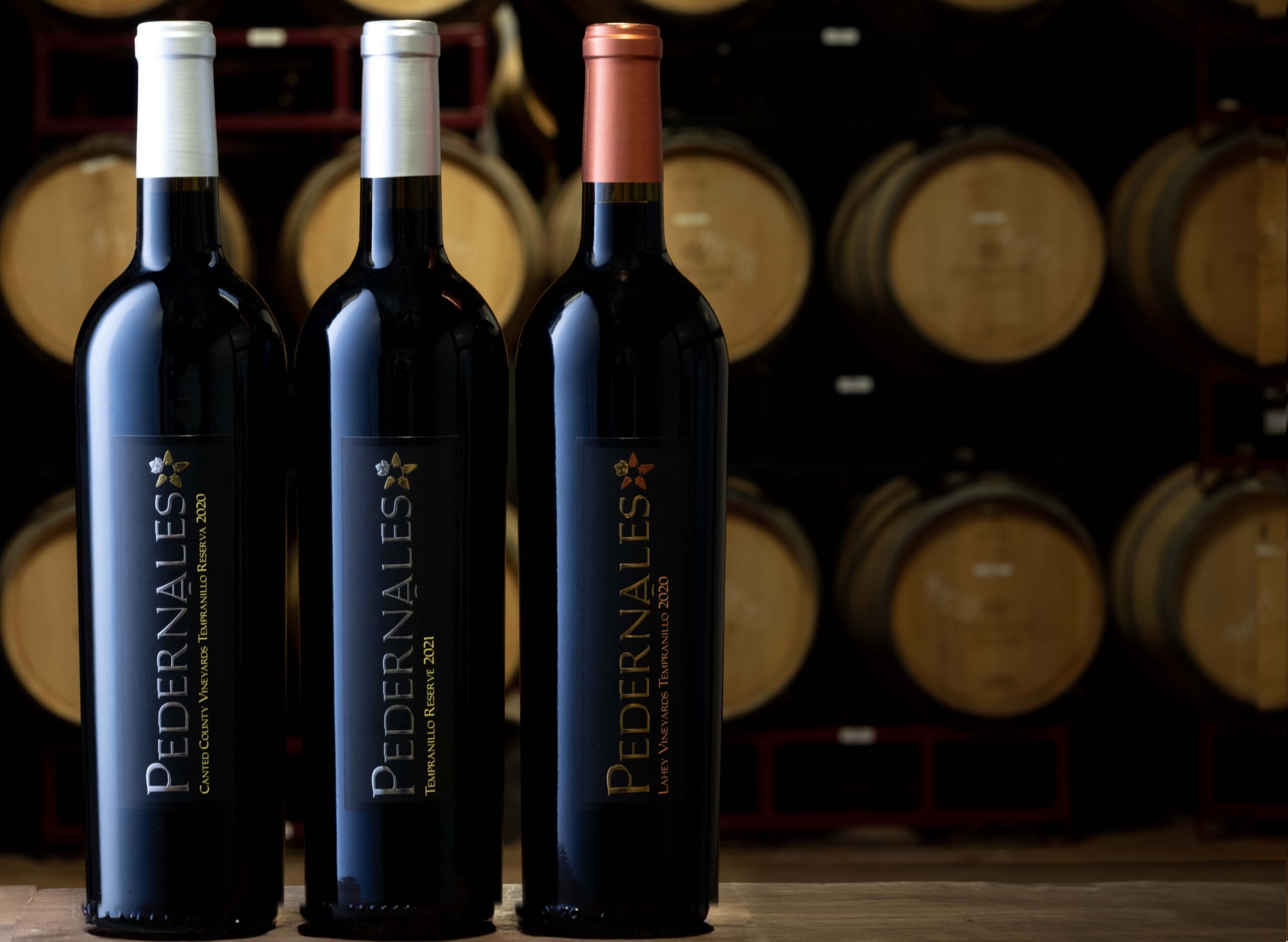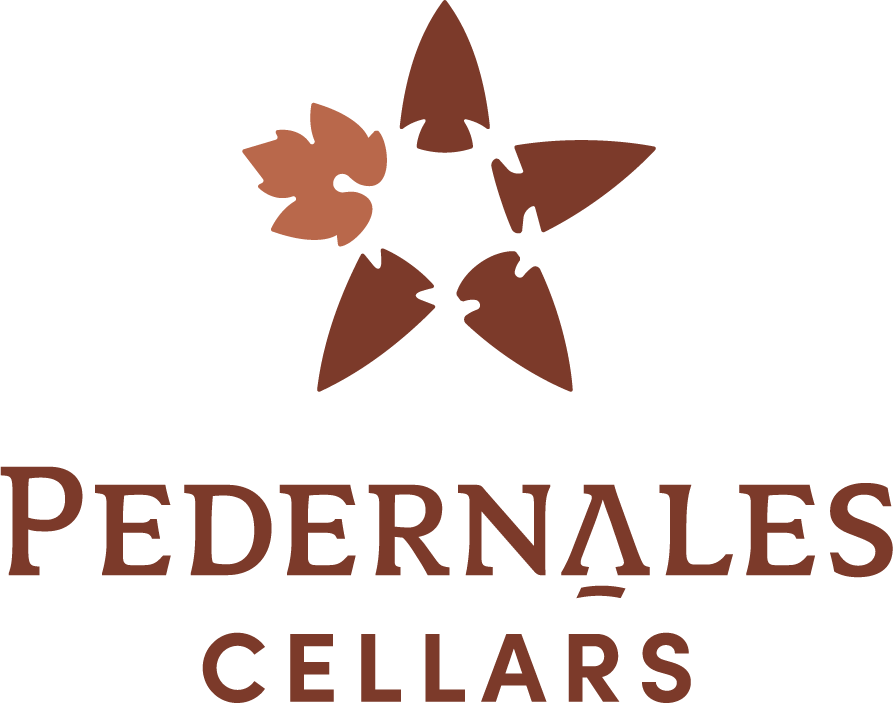Tempranillo makes fantastic wine! So, why isn’t there a Tempranillo section at HEB?

Tempranillo is a very versatile grape. It can produce everything from a young, fruity porch pounder to a complex, age-worthy slow sipper. Its range stems from its good dose of tannins and anthocyanins (the compounds that give red wine its color), its affinity to oak and bottle aging, and its terroir expressivity. To take these in reverse, and start in the vineyard, terroir expressivity is the degree to which grapes produced in one vineyard taste markedly different from those grown somewhere else. Pinot Noir is famously expressive of its terroir, but Tempranillo is as well. Over the years, Pedernales Cellars has highlighted the chameleon-like qualities of Tempranillo by producing Texas Hill Country Tempranillos alongside those sourced from the Texas High Plains. The former are highly structured; whereas the latter display more fruit and smooth tannins. In the 2020 vintage we made three single vineyard Tempranillos – from Daniel, Lahey, and Canted County Vineyards – each of which had distinct enological personalities.
Moreover, in addition to expressing place, Tempranillo marks time. Its name means ‘the little early one,” and indicates its tendency to ripen early. This is very useful in Texas as well as anywhere facing increasingly elevated summer temperatures, because it means that the grapes can be picked before the hottest days of summer during which ripening can slow down due to excessive heat and water stress sets in. However, Tempranillo doesn’t lose track of time once fermented into wine (though it does slow down). Tempranillo ages gradually in barrel and bottle, starting as a child, a Joven – the youthful, fruity porch pounder – such as we produced with the 2022 Daniel Vineyard Joven. It then reaches adulthood with Pedernales Cellars Texas Tempranillo, which one can find at HEB, though sadly not in its own varietal section. With another year in bottle, one reaches a mature, complex expression in the Pedernales Cellars Tempranillo Reserve and 2020 Canted County Vineyards Tempranillo Reserva. Every few vintages we have released a Gran Reserva style Tempranillo which sees five years of aging in barrel and bottle. Look forward to the release of the 2020 vintage this coming fall of 2025.
So, given this world of oenological possibilities, why doesn’t Tempranillo have its own section at HEB? Syrah does, even though there are over 100,000 more acres of Tempranillo (574, 616 acres) than Syrah (456.425 acres) in the world. The reason is that of these +500K acres of Tempranillo over 95% are found in the Iberian Peninsula, and a century ago that percentage would have been almost 100. Why?
It is an unhappy fact, but historically wine grapes have spread around the world in the baggage of colonial armies not willing to give up their favorite tipple even when far from home. This should have been meant world domination for Tempranillo given the Spanish and Portugese presence in the New World as well as along trade routes throughout the world. But alas, the grape that Hernán Cortés brought to the Americas was Listán Prieto (aka Mission). It became the grape used for sacramental wine in the Spanish colonies. The importation and cultivation of other varieties was banned with the obviously self-interested preference that the colonists imported Spanish wine for their tables. Just think, without that ban, the Franciscan monk Junipero Serra could have been planting Tempranillo up the Mission Trail all the way to the Bay Area. Certainly, Californian’s rush to embrace Cabernet Sauvignon would have been tempered if they had had Tempranillo already growing rather than Mission.
The good news is that the word is on the street about Tempranillo. In the last few decades, Tempranillo has cropped up in as diverse of places as South Africa, Australia, France … and of course, Texas!
Cheers!
Dr. Julie Kuhlken
